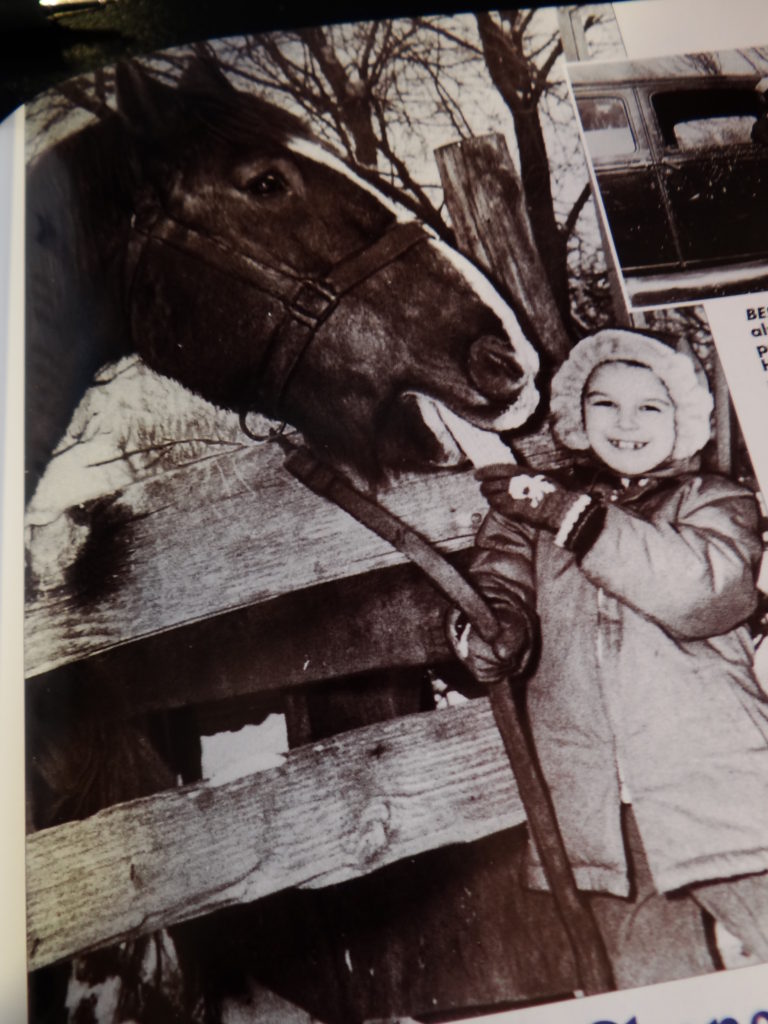Heroes
I’ve had several heroes in my life. Let me tell you about a few of them.
There is Joseph – the one thrown in the pit by his brothers. He was a well dressed hero in that fancy coat of many colors that Dolly Parton sings about. Only problem was it caused a Grand Canyon full of resentment in his brothers’ hearts and landed him in a deep dark hole, which eventually led him to a strange land and Pharaoh’s home. Joseph didn’t do everything right – but one thing he did do right, was flee the advances of Pharaoh’s wife. Unfortunately, Pharaoh believed his deceiving wife and Joseph was thrown into another dark hole – this time the prison dungeon. Long story short – he eventually got out of prison, was made overseer of all the land, and even saved his undeserving brothers from starvation. The thing that makes Joseph a hero in my book is not that he became Pharoah’s right hand man or even that he forgave his brothers for the wrong they did to him. The reason he is a hero to me is that through the valleys of life – whether in a pit, prison for being falsely accused, or isolated from the ones he loved (his father and youngest brother) he continued to trust God. When the world’s crashing down on you, that’s not so easy. This hero inspires me to try my best at doing the same.
I had a hero when I was in grade school – even got my picture on the front page of the Omaha World Herald with him when I was six. His name was Barney. He was a true friend and every afternoon when running down the lane after getting off the school bus, he was waiting for me. He was the best listener! He would stand quietly by as I cried out my woes about getting picked last for the kickball team or getting less than a B on my arithmetic test. He wore a suit of soft brown hair and he had the biggest and warmest brown eyes in all of Pierce County. He was the most patient plow horse anywhere – always content to wait for his ear of corn until I had unloaded the wagon of woes on him. He was an unforgettable hero as proven by the fact that I am writing about him today.
There’s another hero in this story. The one that heard the wails of a little girl when she found out that her Barney was of no use in the fields anymore and would be going to the “glue factory.” Instead, Barney lived out his life in the green meadows of our farm. This same hero not only saved Barney but he saved a frog from the shaft of a windmill and a toad from the mouth of a snake – all because he was willing to do something that was important to those he loved. This hero knew my heart. When it was time that I could be in 4-H, he came home with two Brown Swiss calves in the backseat of the car – calves that would stay with us, grow up to be fine milk cows, and never have to be sold; which in the process would have broken my tender heart. Dad didn’t often tell us he loved us, but we knew.
Max Lucado puts it nicely when he says, “Something tells me that for every hero in the spotlight, there are dozens in the shadows. They don’t get press, they don’t draw crowds. But behind every avalanche is a snowflake and behind every rock slide is a pebble.
These are just a few of my heroes. Who are your heroes?
Until next month – keep on readin’ and I’ll keep on writin’.

